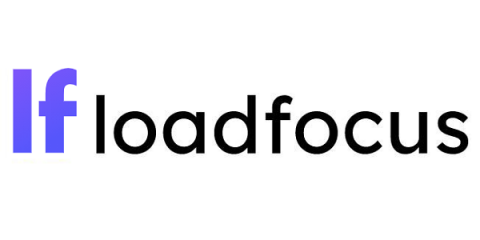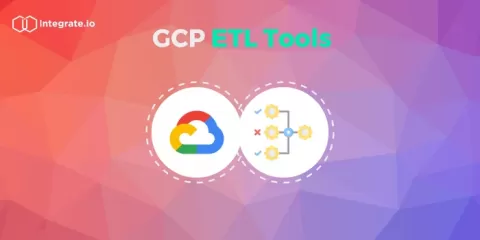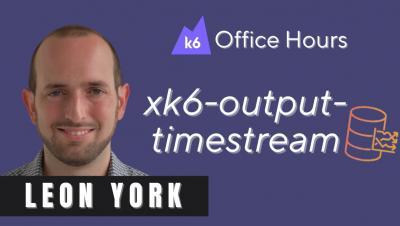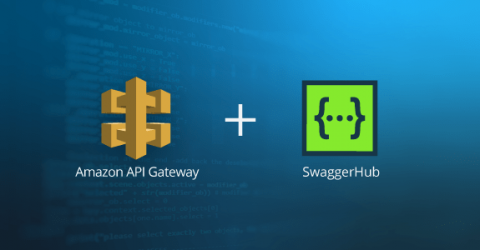Inspect TLS encrypted traffic using mitmproxy and wireshark
I had the chance to finally sit down and find a way to inspect TLS traffic flowing out of an application running on my machine. Although I did not invent anything, I needed to put together a lot of different tricks in order to succeed, and the documentation I could find online regarding this process is scattered, at best. So, here we are with a guide on “how to inspect TLS encrypted traffic without going nuts”. Hope you enjoy!











